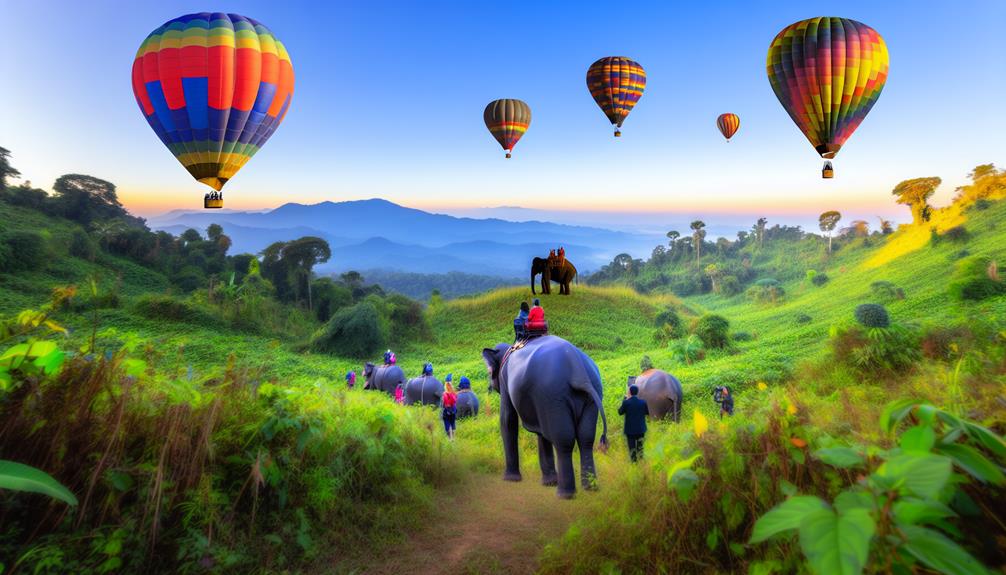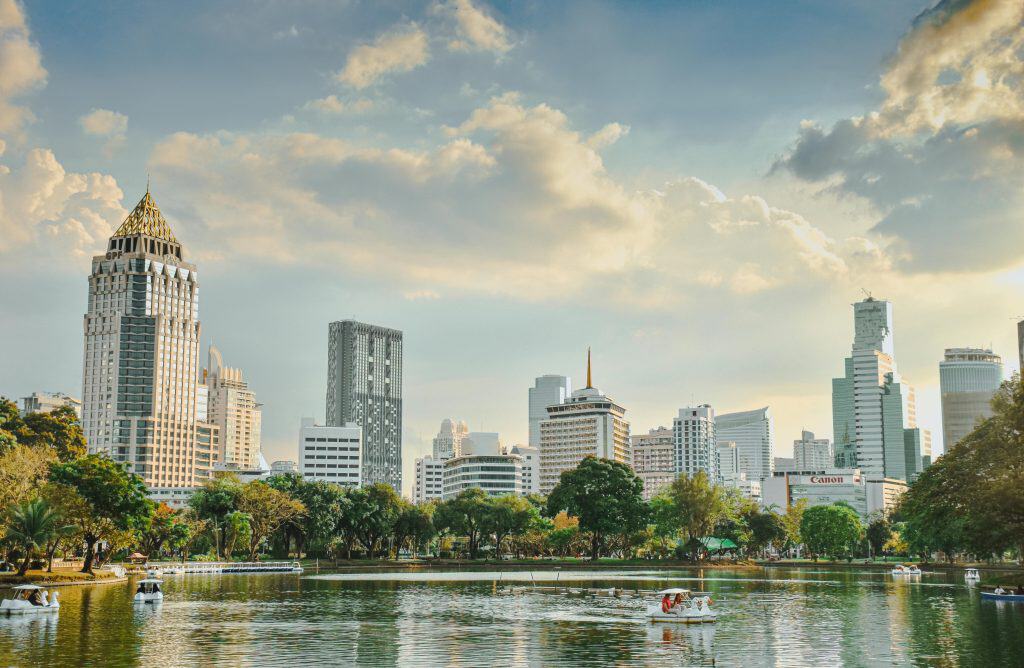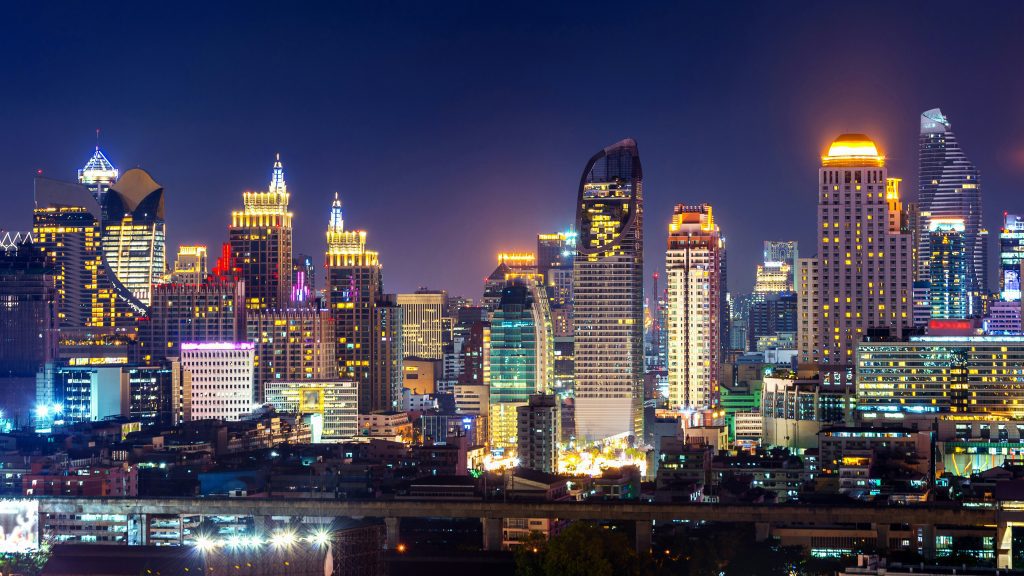February in Chiang Mai marks a period of climatic grace, providing a welcome respite from the heavier rains of other months. This temperate window ushers in a symphony of clear, azure skies and a gentle breeze, setting a picturesque stage for both the adventurous soul and the serene traveler.
As one contemplates a visit to this northern Thai sanctuary, the promise of comfortable exploration through the old city’s temples, bustling markets, and verdant countryside beckons. Yet, beneath this seemingly perfect tableau, the onset of the region’s Burning Season looms—an environmental phenomenon that may influence the sojourn of the unprepared visitor.
With careful planning, the allure of Chiang Mai’s February offerings can be fully embraced, but it is the potential impact of these seasonal shifts on the quintessential travel experience that remains a topic worthy of further consideration.
February Climate Overview
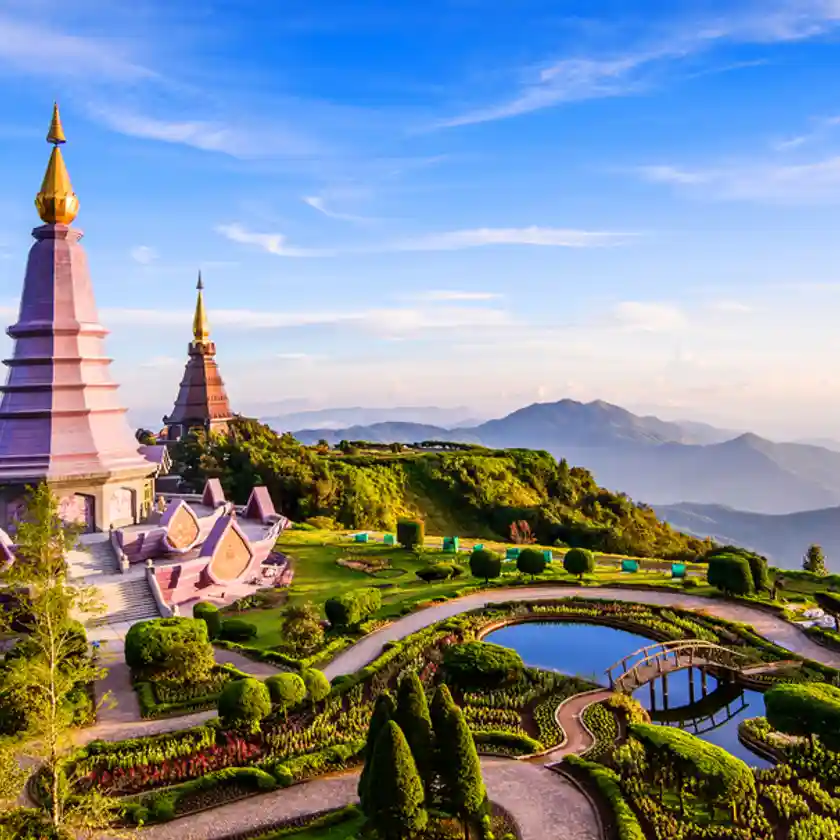
February in Chiang Mai is characterized by its dry and warm climate, with average temperatures ranging from a comfortable 20°C to a balmy 32°C (68°F – 90°F). During this month, the region experiences minimal rainfall, averaging around 7mm, making it one of the driest times of the year.
The nights can be cooler with temperatures occasionally dropping to 12°C (54°F), hence visitors may require a warmer layer for the evenings. It’s important to note that February also marks the beginning of Chiang Mai’s Burning Season, leading to increased air pollution levels. Travelers should be prepared for possible haze and plan accordingly.
Nevertheless, the overall weather conditions in February provide an inviting environment for outdoor excursions and cultural exploration.
Adventures in Dry Season
The dry season in Chiang Mai presents an exceptional opportunity for adventure seekers to engage in a variety of outdoor activities under the clear, blue skies. With the average temperature ranging comfortably from 20°C to 32°C, February’s climate is ideal for exploring the lush landscapes and cultural sites.
Visitors can embark on treks through the verdant jungles, visit the blooming cherry blossoms at Doi Suthep, or revel in the unique experience of the Elephant Nature Park. The low rainfall during this period ensures uninterrupted adventures, although one should be mindful of the air quality due to the Burning Season.
For those looking to maximize their outdoor excursions, this time of year offers unparalleled conditions to immerse oneself in the natural beauty and adventure that Chiang Mai has to offer.
Cultural Etiquette Tips
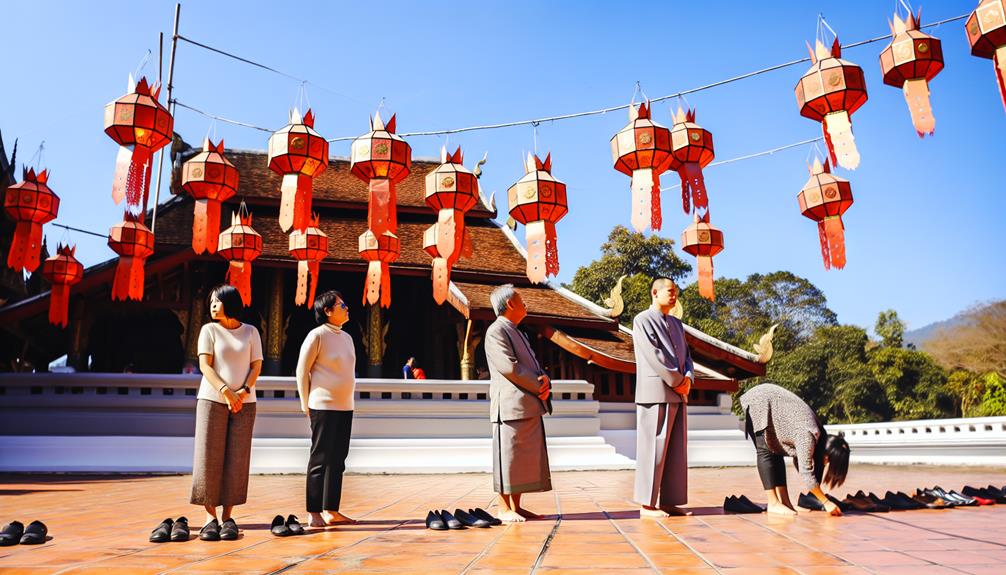
When visiting Chiang Mai, it is imperative to observe and respect the local customs and traditions to ensure a culturally sensitive and enriching experience.
Thai culture is steeped in respect, and this extends to dress and behavior, particularly in religious spaces. When entering temples, it is customary to remove shoes and dress modestly, covering shoulders and knees.
It is also polite to avoid touching someone’s head, a part of the body considered sacred, and to not point your feet at people or religious images, as feet are deemed the lowest and dirtiest part of the body.
Always use your right hand for giving or receiving items, especially when interacting with monks. By adhering to these practices, visitors demonstrate reverence for Thai culture, fostering a welcoming atmosphere.
Managing the Burning Season
During Chiang Mai’s Burning Season, air quality significantly deteriorates, necessitating precautions for residents and travelers alike. To manage the situation, authorities often implement measures such as agricultural burn bans and increased monitoring of pollution levels. Visitors are advised to stay informed about the Air Quality Index (AQI) and minimize outdoor activities on days when particulate matter concentrations are high. Wearing respiratory masks with PM2.5 filters can provide some protection against the inhalation of smoke particles.
Health-conscious travelers should plan outdoor excursions for earlier in the day when the air tends to be clearer. Additionally, consider integrating indoor activities, such as museum visits or cooking classes, into your itinerary to reduce exposure. Always consult local advisories and health recommendations during your stay.
Frequently Asked Questions
What Are Some Unique Local Festivals or Events in Chiang Mai Taking Place in February That Visitors Should Not Miss?
In February, Chiang Mai hosts the Flower Festival, showcasing vibrant floral displays, parades, and cultural performances, a must-see event for visitors seeking to experience the local traditions and community spirit.
Are There Any Recommended Health Precautions or Vaccinations Needed Before Traveling to Chiang Mai During This Month?
Travelers to Chiang Mai should consult with a healthcare provider for recommended vaccinations, which may include routine shots, hepatitis A and B, typhoid, and any specific requirements given current health advisories.
What Are Some Lesser-Known Attractions in Chiang Mai That Offer a More Authentic Local Experience Away From the Usual Tourist Spots?
Some lesser-known attractions in Chiang Mai include the tranquil Mae Kampong Village, the historic Wat Umong, and the artisan community at Baan Kang Wat, offering a more authentic local experience.
Can Visitors Participate in Sustainable Tourism Practices While in Chiang Mai, and What Are Some Examples of These Practices?
Visitors can engage in sustainable tourism practices in Chiang Mai by opting for eco-friendly accommodations, supporting local artisans, and participating in conservation projects like the Elephant Nature Park’s rescue and rehabilitation programs.
How Can Travelers Support Local Communities in Chiang Mai During Their Visit, Especially in Terms of Economic Impact and Cultural Preservation?
Travelers can support local communities in Chiang Mai by purchasing handicrafts directly from artisans, dining at locally-owned eateries, and engaging in community-based tourism initiatives that prioritize cultural preservation and economic sustainability.
Conclusion
In summary, February’s dry and warm climate in Chiang Mai provides an exceptional opportunity for travelers to engage with the region’s diverse offerings. From outdoor adventures to cultural exploration amidst the beauty of cherry blossoms, it is a prime time for visitation.
Despite the advantages, tourists should remain vigilant of the air quality due to the Burning Season and plan accordingly. With proper preparation and respect for local customs, one can fully appreciate the myriad experiences that Chiang Mai offers during this peak season.

